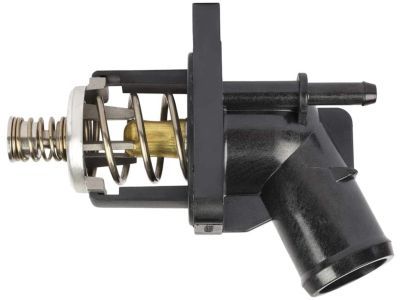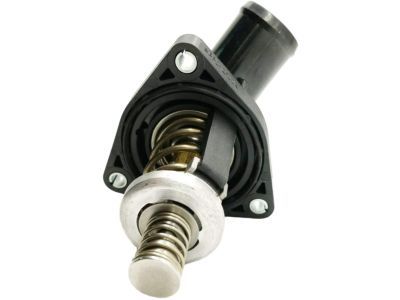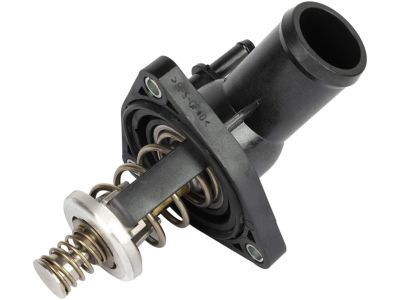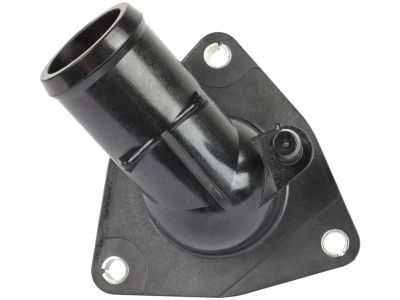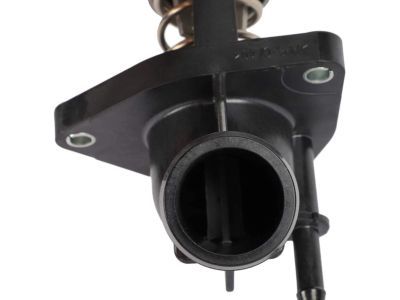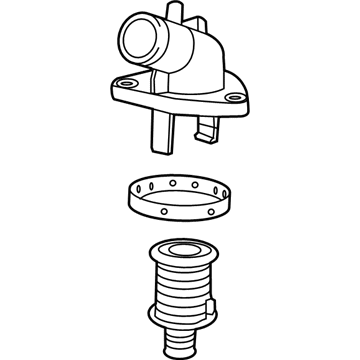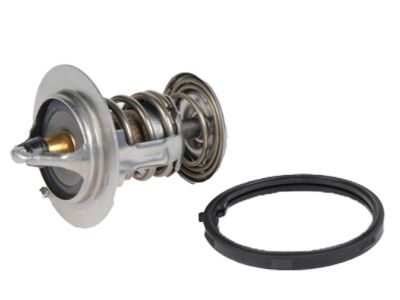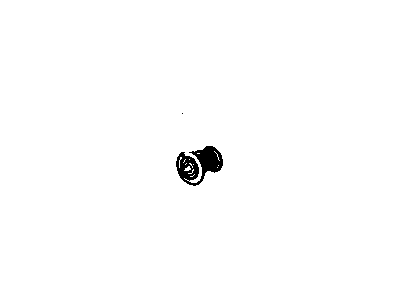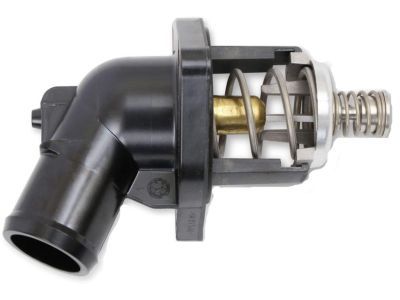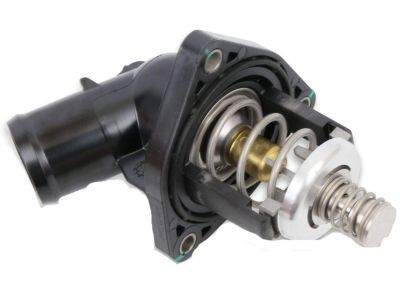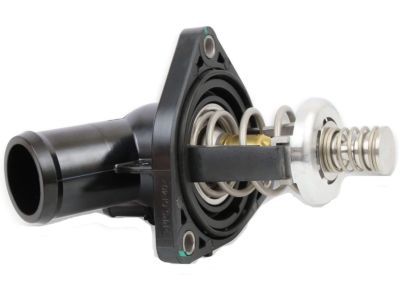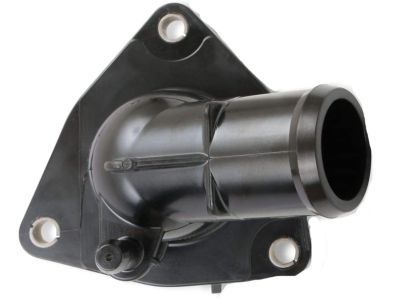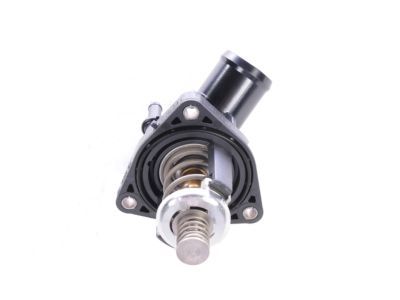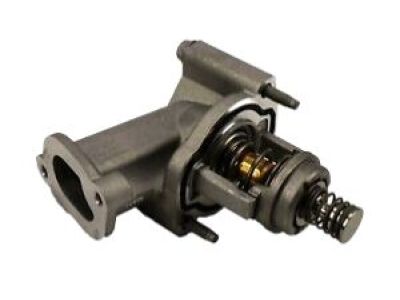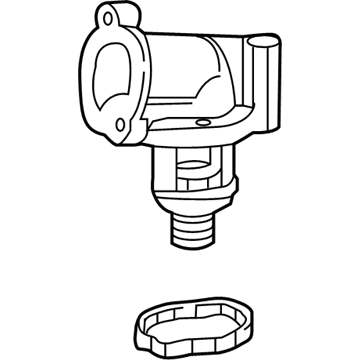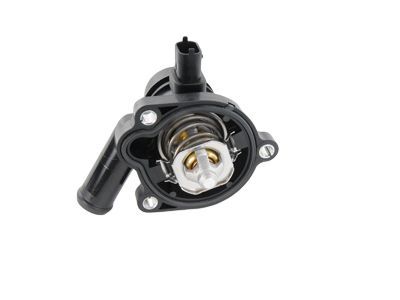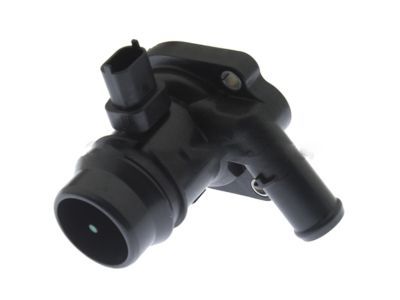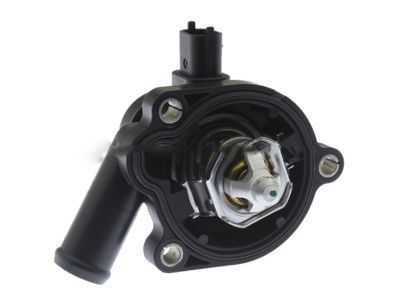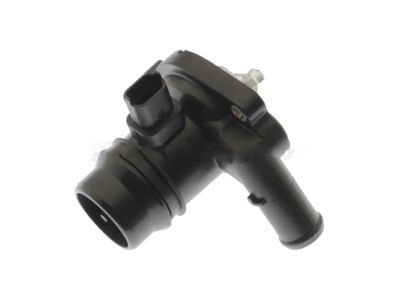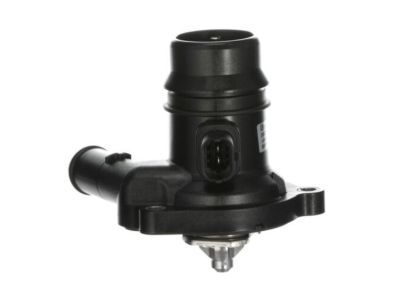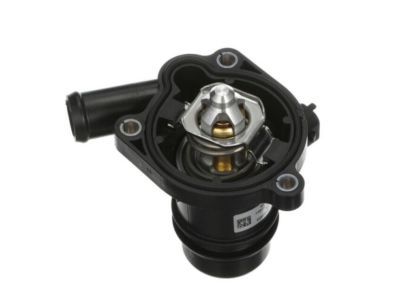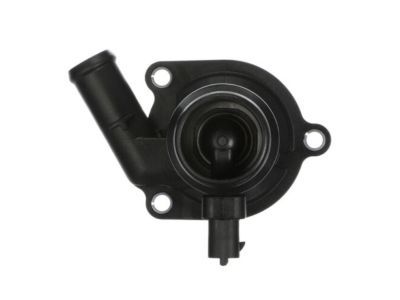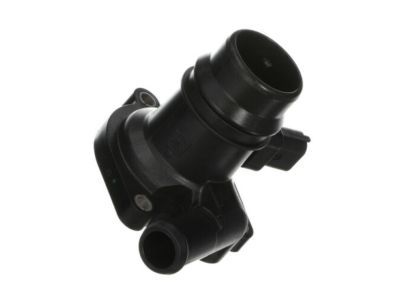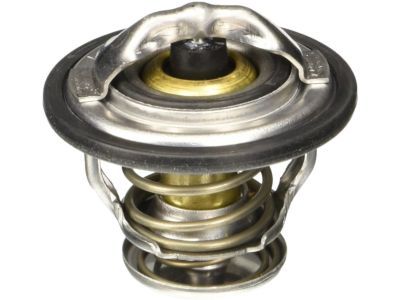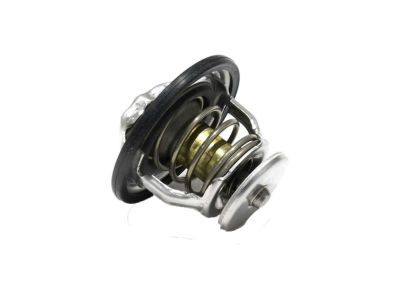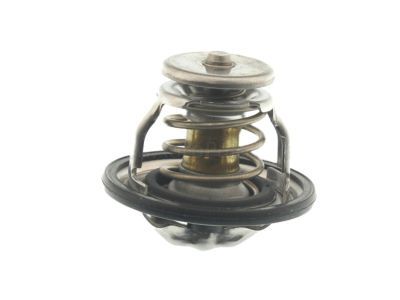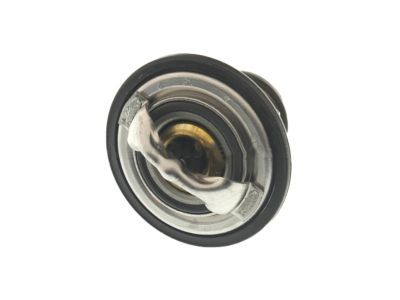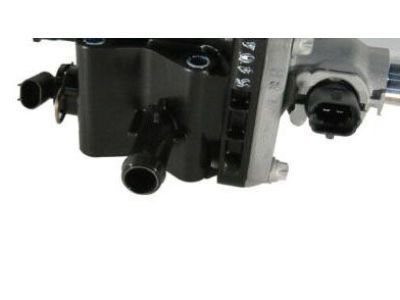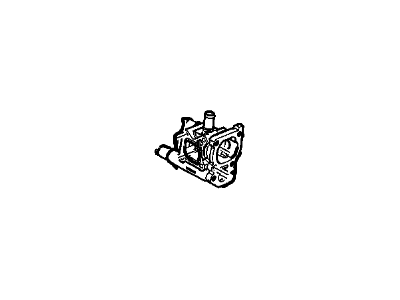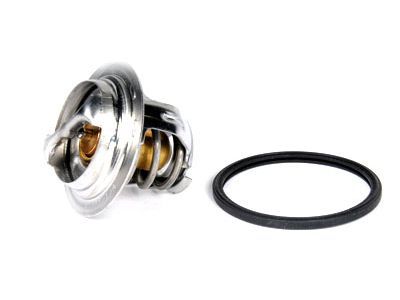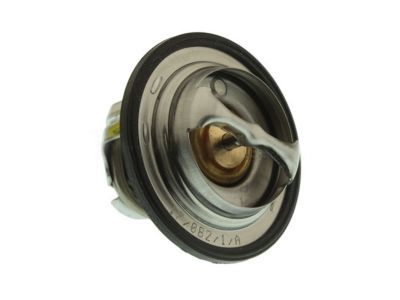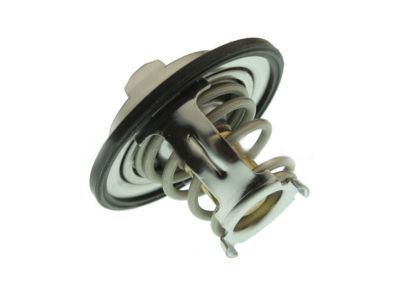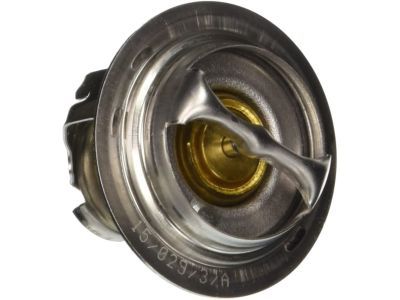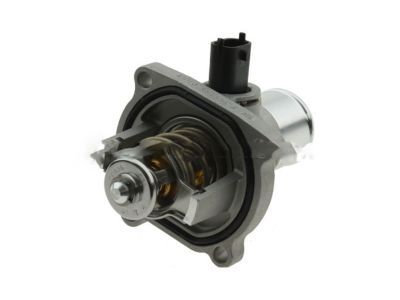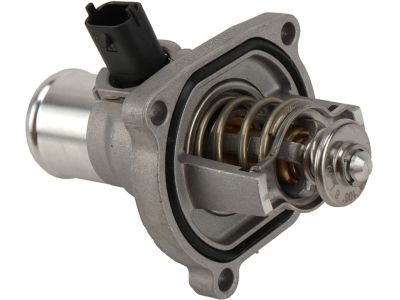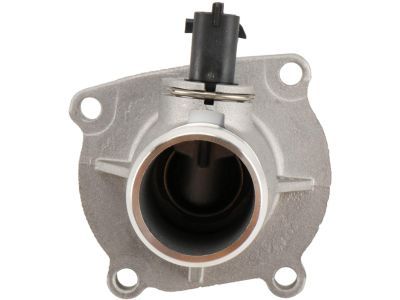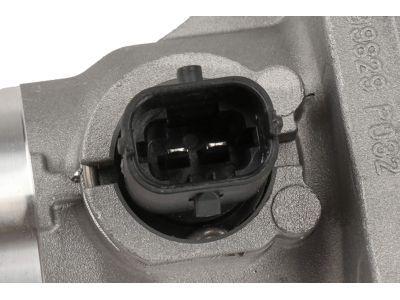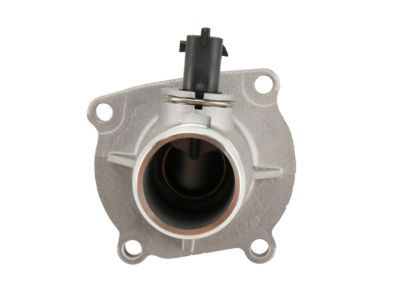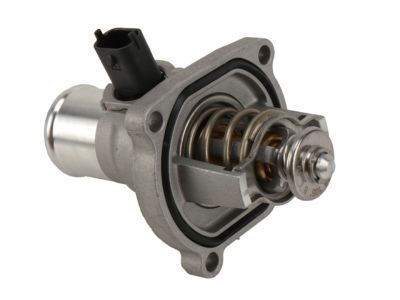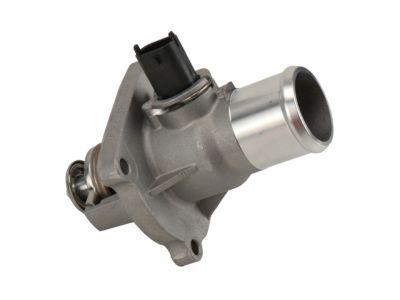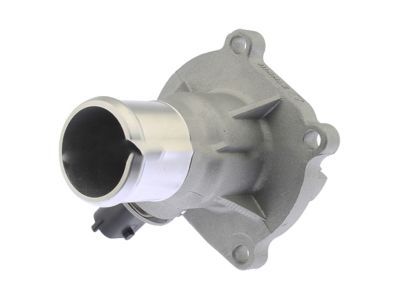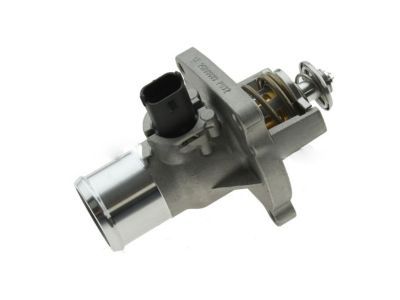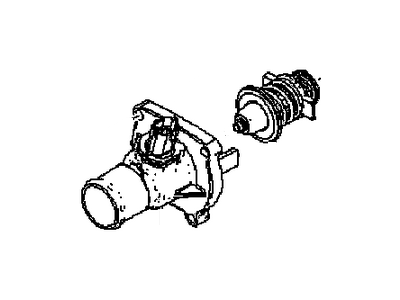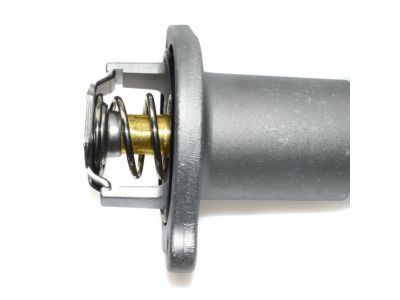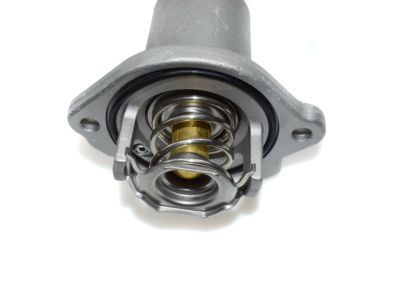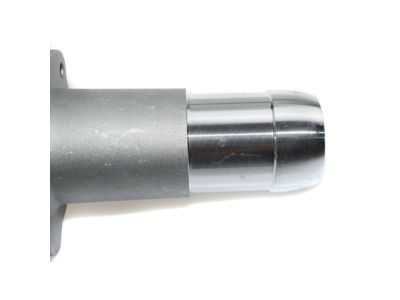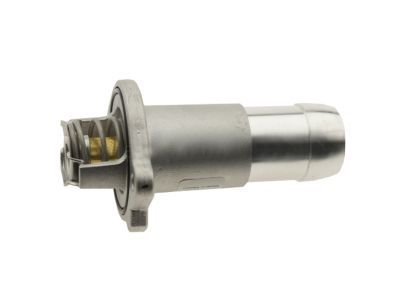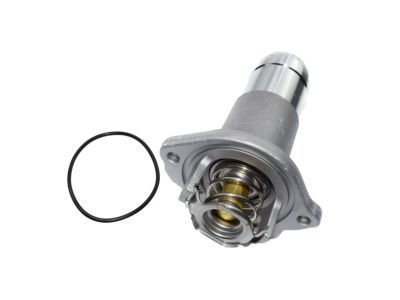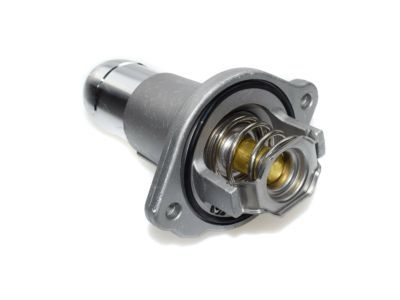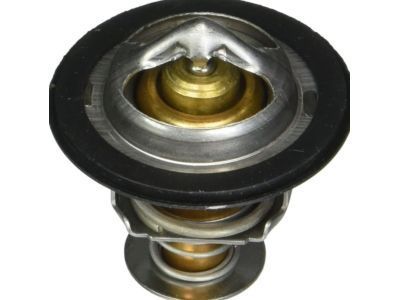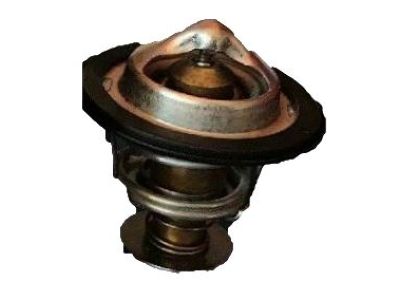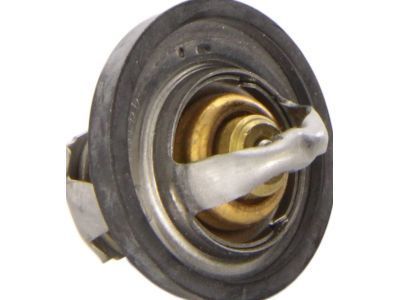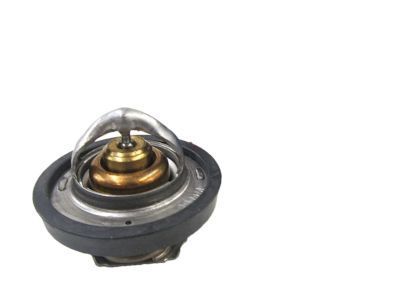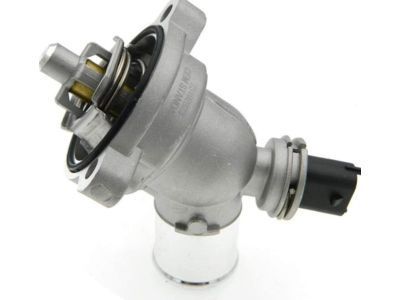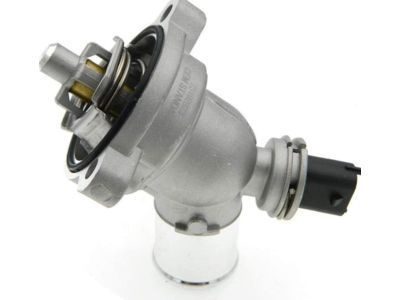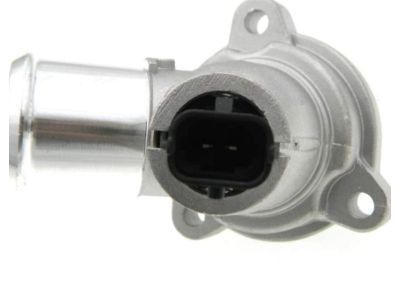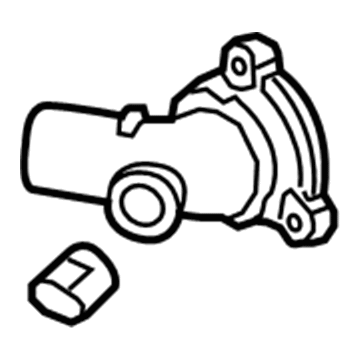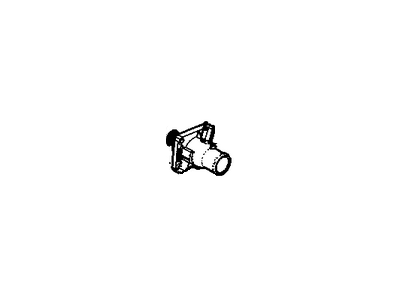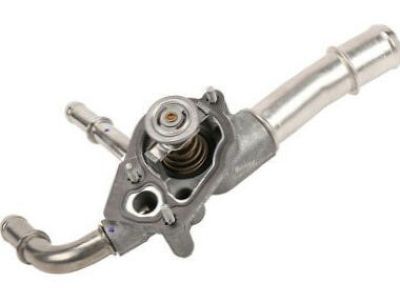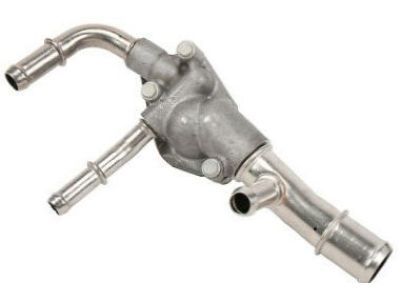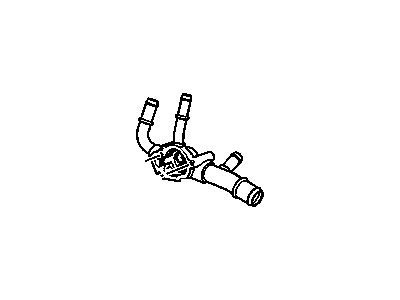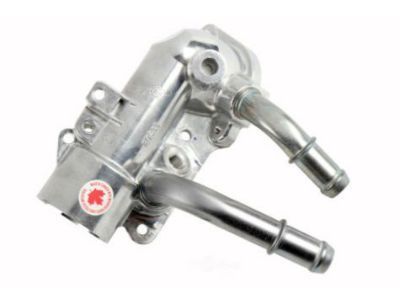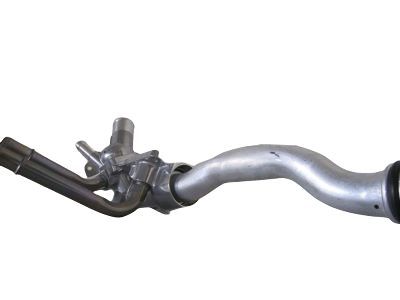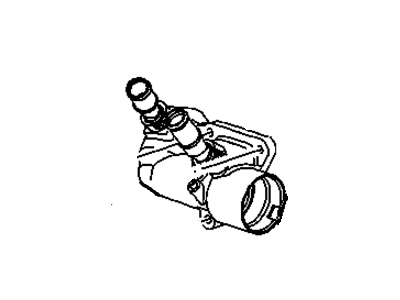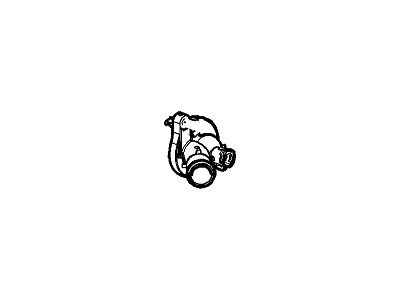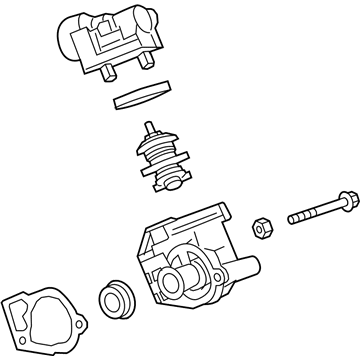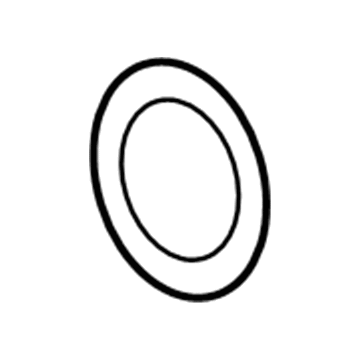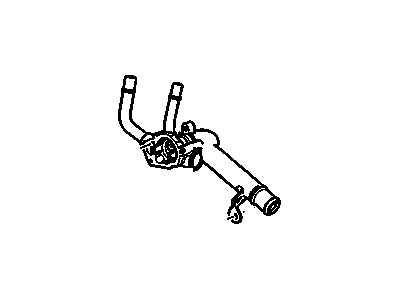
My Garage
My Account
Cart
Genuine Chevrolet Thermostat
Engine Coolant Thermostat- Select Vehicle by Model
- Select Vehicle by VIN
Select Vehicle by Model
orMake
Model
Year
Select Vehicle by VIN
For the most accurate results, select vehicle by your VIN (Vehicle Identification Number).
131 Thermostats found
Chevrolet Outlet Assembly, Water Pump (W/Thermostat)
Part Number: 12674639$59.64 MSRP: $123.10You Save: $63.46 (52%)Product Specifications- Other Name: Outlet Assembly, W/Pmp (W/Therm); Thermostat, Thermostat Housing, Water Outlet
- Replaced by: 19474058
- Replaces: 12666569, 12671393, 12657137
Chevrolet Thermostat Kit,Engine Coolant
Part Number: 89018168$36.25 MSRP: $72.25You Save: $36.00 (50%)Ships in 1-3 Business DaysProduct Specifications- Other Name: THERMOSTAT KIT, Engine Coolant Temperature; Thermostat
- Replaces: 89017851
Chevrolet Outlet Assembly, Water Pump (W/Thermostat)
Part Number: 12674634$79.30 MSRP: $163.66You Save: $84.36 (52%)Ships in 1-2 Business DaysProduct Specifications- Other Name: Outlet Assembly, W/Pmp (W/Therm); Thermostat Housing, Water Outlet
- Replaces: 12658723, 12670049
Chevrolet Housing Assembly, Eng Cool Therm
Part Number: 12678784$47.28 MSRP: $88.60You Save: $41.32 (47%)Product Specifications- Replaced by: 12741007
- Replaces: 12673280, 12647180, 12670209
Chevrolet Thermostat Assembly, Engine Coolant (W/ Water Inlet)
Part Number: 25200455$59.96 MSRP: $119.54You Save: $59.58 (50%)Product Specifications- Other Name: Thermostat Assembly, Eng Cool (W/ Wat Inl); Thermostat, Thermostat Housing, Thermostat Unit
- Replaced by: 28290034
- Product Specifications
- Other Name: THERMOSTAT, Engine Coolant Temperature; Thermostat
Chevrolet Housing Assembly, Eng Cool Therm
Part Number: 25199824$111.78 MSRP: $230.70You Save: $118.92 (52%)Product Specifications- Other Name: Thermostat Housing
- Replaces: 25192228, 55577284, 55564890, 55579951
Chevrolet Thermostat Assembly, Engine Coolant
Part Number: 12622410$68.74 MSRP: $153.83You Save: $85.09 (56%)Ships in 1-2 Business DaysProduct Specifications- Other Name: THERMOSTAT, Engine Coolant Temperature; Thermostat
- Replaces: 21018811, 55350941, 90537453, 12615097
Chevrolet Thermostat Assembly, Engine Coolant (W/Gasket)
Part Number: 25199828$98.94 MSRP: $197.25You Save: $98.31 (50%)Ships in 1-2 Business DaysProduct Specifications- Other Name: Thermostat Assembly, Eng Cool (W/Gskt); Thermostat
- Replaces: 55597008, 96984104, 96980318, 55564891, 55578419
Chevrolet Housing,Engine Coolant Thermostat
Part Number: 12622316$85.57 MSRP: $160.38You Save: $74.81 (47%)Ships in 1-2 Business DaysProduct Specifications- Other Name: HOUSING, Engine Coolant Thermostat; Thermostat Housing, Water Outlet
- Replaces: 12620113, 12579956
- Product Specifications
- Other Name: THERMOSTAT, Engine Coolant Temperature; Thermostat
- Replaced by: 19435095
Chevrolet Thermostat Assembly, Engine Coolant (W/ Gasket)
Part Number: 24505924$24.36 MSRP: $48.56You Save: $24.20 (50%)Product Specifications- Other Name: THERMOSTAT, Engine Coolant Temperature; Thermostat, Thermostat Unit
Chevrolet Thermostat Asm,Engine Coolant
Part Number: 25199831$55.55 MSRP: $110.75You Save: $55.20 (50%)Ships in 1-3 Business DaysProduct Specifications- Other Name: THERMOSTAT ASM,ENG COOL; Thermostat, Thermostat Unit
- Replaces: 25192923, 96988257
Chevrolet Thermostat Assembly, Eng Cool (W/ Wat Otlt)
Part Number: 25199829$68.60 MSRP: $128.56You Save: $59.96 (47%)Ships in 1-3 Business DaysChevrolet Housing Assembly, Engine Coolant Thermostat
Part Number: 12681132$87.47 MSRP: $180.53You Save: $93.06 (52%)Ships in 1-2 Business DaysProduct Specifications- Other Name: Housing Assembly, Eng Cool Therm; Thermostat Housing
- Replaces: 12638836, 12603830
Chevrolet Housing Assembly, Engine Coolant Thermostat
Part Number: 12597172$97.58 MSRP: $201.41You Save: $103.83 (52%)Ships in 1-2 Business DaysProduct Specifications- Other Name: HOUSING, Engine Coolant Thermostat; Thermostat Housing, Water Manifold
Chevrolet Housing Assembly, Eng Cool Therm
Part Number: 25201447$67.51 MSRP: $139.32You Save: $71.81 (52%)Ships in 1-2 Business DaysProduct Specifications- Replaces: 12651603
Chevrolet Housing Assembly, Eng Cool Therm
Part Number: 12706565$72.12 MSRP: $148.84You Save: $76.72 (52%)Ships in 1-2 Business DaysProduct Specifications- Other Name: Thermostat Housing
- Replaces: 12638184, 12620254, 12652327
Chevrolet THERMOSTAT KIT,ENG COOL
Part Number: 19420815$40.11 MSRP: $79.96You Save: $39.85 (50%)Ships in 1-3 Business DaysProduct Specifications- Other Name: Thermostat
Chevrolet Housing Assembly, Eng Cool Therm
Part Number: 12689041$57.24 MSRP: $118.14You Save: $60.90 (52%)Ships in 1-2 Business DaysProduct Specifications- Other Name: Thermostat Housing, Thermostat Unit
- Replaces: 12599235, 12638893
| Page 1 of 7 |Next >
1-20 of 131 Results
Chevrolet Thermostat
At GMPartsGiant.com, we offer an extensive inventory of genuine Chevrolet Thermostats at competitive prices in the market. All our OEM Chevrolet Thermostats are backed by the manufacturer's warranty and will be shipped promptly to your doorstep. Rest assured, our hassle-free return policy is designed to support you throughout your shopping experience!
Chevrolet Thermostat Parts Questions & Experts Answers
- Q: How to remove the thermostat on Chevrolet Caprice?A:Engine coolant flow is controlled by the thermostat. In order to take it off, turn off the negative battery terminal and remove the air filter. Coolant should be drained and then upper radiator hose disconnected. The thermostat housing bolts can now be removed as well as the housing from the engine. Remember where the thermostat is located before removing it. It's important to clean gasket surfaces and apply sealing compound before installing new thermostat. After that, reassemble the housing, connect radiator hose and fill in coolant. Start the engine and add more coolant if necessary. Finally, put on the radiator cap.
- Q: How to remove the thermostat on Chevrolet El Camino?A:A thermostatic element inside a housing on the engine actuates the thermostat, which is a restriction valve. It opens and closes to regulate coolant flow at predetermined temperatures, thereby enabling either engine warm-up or cooling. Disconnect the negative battery cable and remove the air cleaner so you can get at the thermostat with ease. Find a suitable container and drain the coolant into it. Remove the thermostat housing bolts and disconnect upper radiator hose from it. At this point, lift up the housing hence exposing the thermostat while considering where it was located previously for later replacement. Clean both surfaces of gaskets on housing and engine body. Insert RTV or equivalent sealer and put the thermostat onto its space properly. With new gasket, fit housing on with correct tightening of bolts. If necessary, re-attach alternator brace and TVS switch plus vacuum hoses as well. Make sure that upper radiator hose is securely attached. Reconnect negative battery cable then use right coolant mixture to fill radiator. Start engine; if necessary pour more coolant into system hereafter. Finally put back radiator cap matching arrows on it with overflow hose.
Related Chevrolet Parts
Browse by Model
Astro Thermostat Avalanche Thermostat Aveo Thermostat Beretta Thermostat Blazer Thermostat C10 Thermostat C1500 Thermostat C20 Thermostat C2500 Thermostat C30 Thermostat C3500 Thermostat Cadet Thermostat Camaro Thermostat Caprice Thermostat Captiva Sport Thermostat Cavalier Thermostat Celebrity Thermostat Chevette Thermostat Citation Thermostat City Express Thermostat Cobalt Thermostat Colorado Thermostat Corsica Thermostat Corvette Thermostat Cruze Thermostat El Camino Thermostat Epica Thermostat Equinox Thermostat Express Thermostat G10 Thermostat G20 Thermostat G30 Thermostat HHR Thermostat Impala Thermostat K10 Thermostat K1500 Thermostat K20 Thermostat K2500 Thermostat K30 Thermostat K3500 Thermostat Lumina Thermostat Malibu Thermostat Metro Thermostat Monte Carlo Thermostat Nova Thermostat Orlando Thermostat P20 Thermostat P30 Thermostat Prizm Thermostat R10 Thermostat R20 Thermostat R2500 Thermostat R30 Thermostat R3500 Thermostat S10 Thermostat SS Thermostat SSR Thermostat Silverado Thermostat Sonic Thermostat Spark Thermostat Spectrum Thermostat Sprint Thermostat Storm Thermostat Suburban Thermostat Tahoe Thermostat Tracker Thermostat Trailblazer Thermostat Traverse Thermostat Trax Thermostat Uplander Thermostat V10 Thermostat V20 Thermostat V30 Thermostat V3500 Thermostat Venture Thermostat Volt Thermostat
